Date: 4 September 2013
Jimmy Chiu is the company’s Business Development Manager and here looks back the history of fire safety in today’s cinemas.
In June last year, one of the most historic cinemas in the UK was evacuated when fire broke out in the building’s kitchen. The Electric Cinema in London’s Portobello Road, which bills itself as the oldest cinema in the city, suffered only minor damage – and without casualties, despite more than 200 people being inside at the time of the blaze.
The Grade II Listed building, which opened in 1910, had undergone major refurbishment in 2001 and reopened at the end of last year. It underlines how modern fire and building regulations are able to contain fire and ensure rapid evacuation in an emergency situation.
But the history of fire safety in cinemas and theatres has been haphazard at best, with patchwork regulation and inadequate enforcement – both in the UK and worldwide.
In a sense, inadequate regulation was inevitable, as the cinema was a phenomenon that took the world by storm in only a few years. Although the real history of film only started in the 1880s, by 1907 there were some 4,000 “nickelodeon” cinemas in the USA.
London’s first cinema, the Kineopticon, was destroyed by fire shortly after its opening in 1896. This wasn’t the only cinema fire in those early years, as many films were shown in temporary venues such as music halls or converted shops.
Back then, film was made from highly flammable cellulose nitrate which, under bright lights, could quickly become unsafe. The government stepped in and enacted the 1909 Cinematograph Act which, for example, said that the projector had to be enclosed within a fire-resistant enclosure. Stricter building regulations were also introduced, and local authorities were given powers of inspection.
To little avail. In 1929, 71 children were killed in the Glen Cinema fire in Paisley, Scotland. It could have been much worse as, according to contemporary reports, there were over 1,000 people in the auditorium. Once again, it was the nitrocellulose film that was to blame.
Memorial to the Glen Cinema victims
As in many other disasters, people – mainly children – clamoured to the exits, only to find that they either only opened inwards or had been padlocked shut to prevent unauthorised entry. It remains the worst cinema disaster in UK history. Worse, the cinema has been inspected that same day by the local fire service, and pronounced safe.
Paisley Town Council gave bereaved parents a week’s holiday by the seaside, and the 1909 Act was rewritten to regulate again on the numbers of fire exits, outward opening doors, and such issues as cinema capacity – all issues that previous theatre and music hall legislation should have addressed.
Sometimes, however, regulations can be difficult to enforce – such as the 1994 Dream City adult cinema fire in Clerkenwell, London. Because of strict laws on pornography, the cinema was operating illegally. The venue had not therefore been subject to a fire inspection.
The fire was started deliberately by a disgruntled patron who used petrol to set fire to the entrance. Eight people died at the scene, and three others in hospital later. The perpetrator later received a life sentence.
Cinema tragedy is of course a worldwide issue. For example the Uphaar Cinema fire in Delhi, India in 1997. This was caused by the failure of an electricity transformer. In total, 59 people died. The exits were dimly marked and many of the exit doors were locked.
More tragically, was the Cinema Rex fire in Abadan, Iran in 1978. Almost certainly set deliberately – either by anti-government militants or government agents – it killed over 400 people, including a number who were later tried and executed, perhaps falsely. It became a key event leading to the Iranian revolution of that year.
In 2007, the Washington Post said that the fire was “the second worst deadliest attack in modern history” – second only to 9/11. (That fact has since been overshadowed by the 2007 Kahtaniva bombings in Iraq which killed nearly 800 people).
Of course, the cinema is in some ways only a variation of the theatre, the only form of mass entertainment on offer before the magic of the moving picture came along. The regulations that should have applied to theatres and music halls should have also applied to cinemas. But regulation and enforcement, such is the history of fire safety, aren’t always two sides of the same coin.


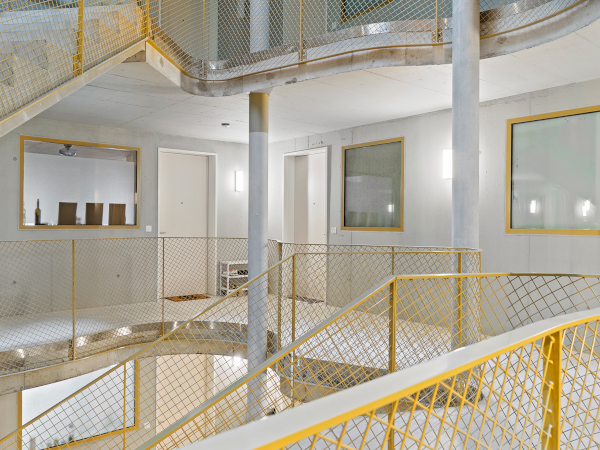

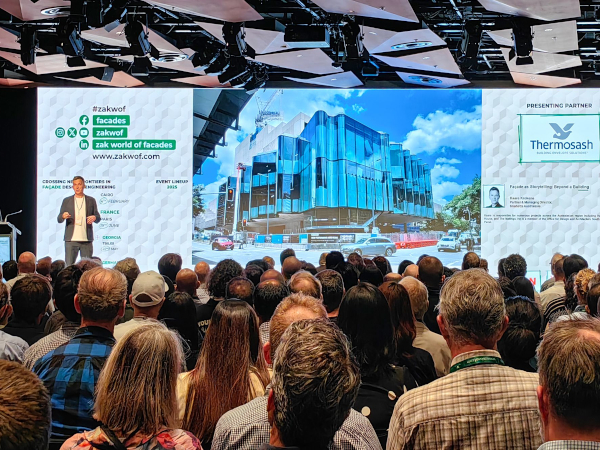
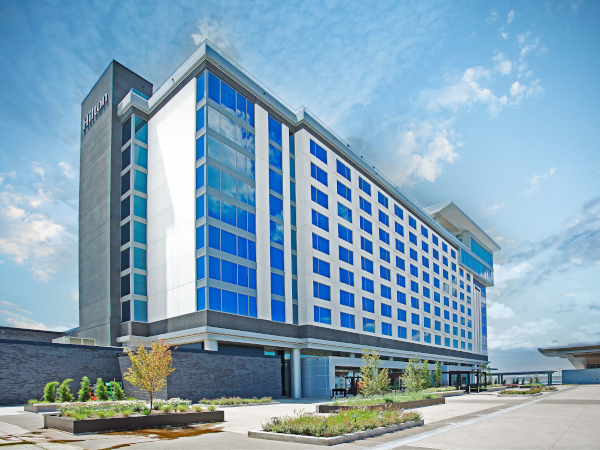
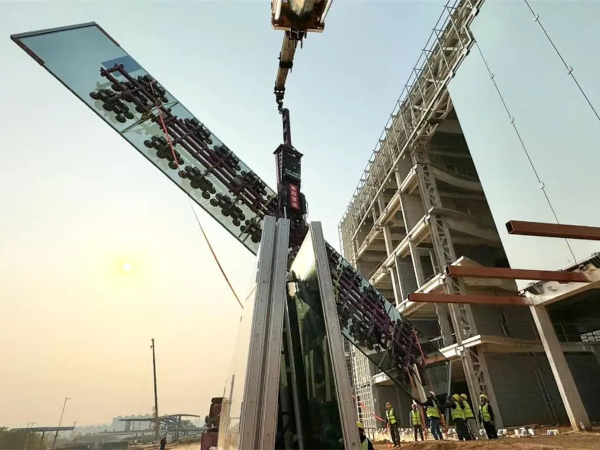



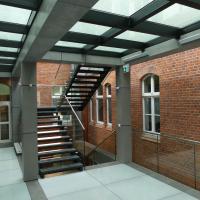



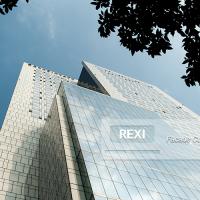
Add new comment